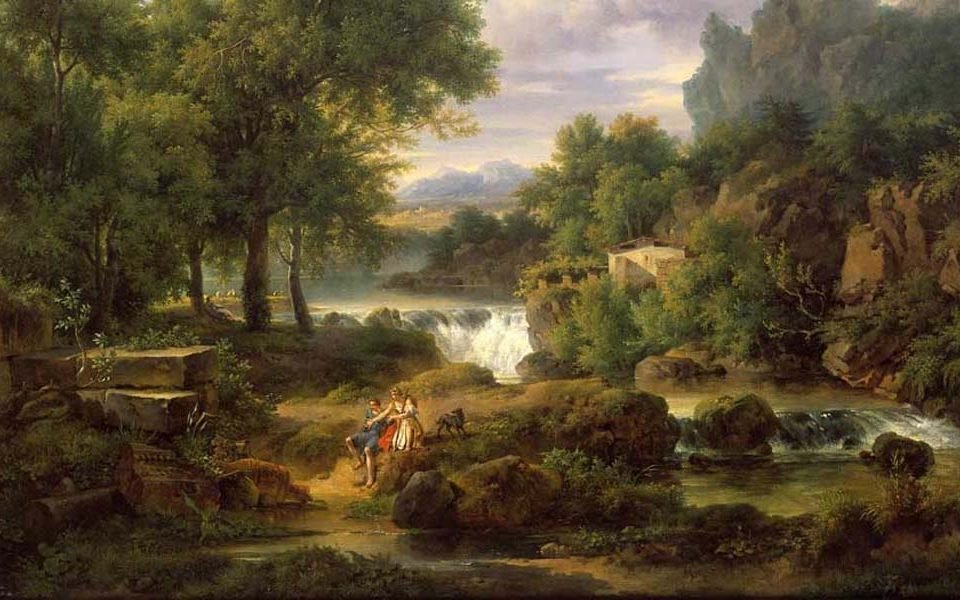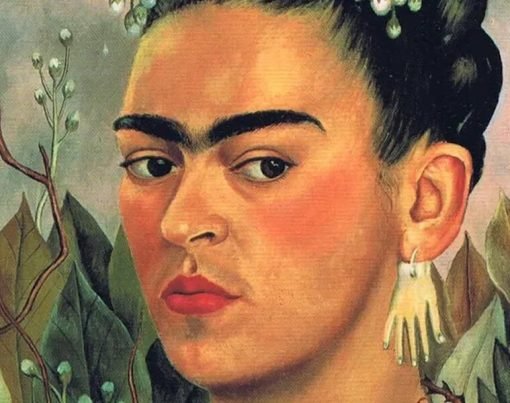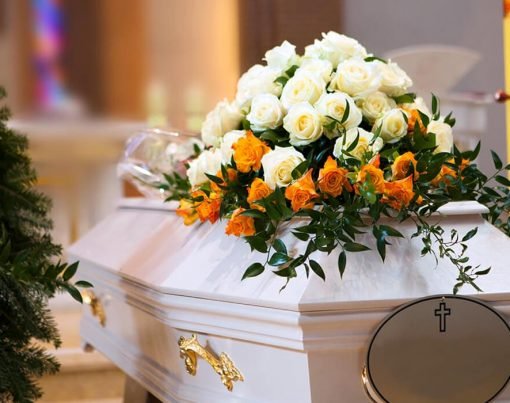The German Renaissance was a time of great artistic exploration, and the paintings that emerged from this period are some of the most iconic and exciting in history. They are famous for their rich color, dynamic energy, and emotional impact.
Whether you want a piece that adds some flair to your home or are looking for inspiration for your next painting project, these German works will delight you! This article will provide an overview of some German revolutionary classic oil paintings.
Table of Contents
Wanderer Above the Sea of Fog by Caspar David Friedrich
This oil painting of 1818 is a stunning example of Romanticism and portrays a powerful experience. It exudes a sense of longing while depicting a beautiful landscape. The figure, while surrounded by mist and fog, is a symbol of hope and strength.
Some say the young self-portrait is a representation of Friedrich himself. With fiery red hair, the artist contemplates and reflects upon the future; the sea fog represents the unknown and unexpected journey ahead. The painting invites you to admire the beauty and wonder of nature.
The sky is almost surreal, with stunning hues of blue and green while the peaks are blanketed in dew and frost. Additionally, the artist stands solemnly with his head held high and eyes looking far off in the distance. He isn’t distracted by anything around him, as if he’s already ahead of time. This artworks is certainly one of the most famous German paintings of all time and a source of many oil paintings reproductions.
Feast of the Rosary by Albrecht Dürer
The Feast of the Rosary, a handmade painting by Albrecht Dürer, is a beautiful example of religious art and inspired many historical replica paintings. The painting depicts the Virgin Mary holding baby Jesus in her arms, surrounded by saints and angels in a luxurious setting worthy of royalty. The characters’ faces show determination, prayerfulness, and holiness.
The Feast of the Rosary is a key example of Renaissance-era painting techniques and religious iconography. In addition, it shows a gathering of the Brotherhood of the Rosary, a group that emphasizes devotion to the Virgin Mary and prayer to achieve personal salvation.
This piece also emphasizes the importance and humility of motherhood coupled with humanistic elements that have become synonymous with the early Renaissance. Moreover, the image is highly symbolic, as it portrays many aspects of Renaissance art in one piece.
The Ambassadors by Hans Holbein the Younger
Holbein’s masterpiece, The Ambassadors, is a complex and layered work of art commemorating two diplomats’ close friendship and political success. It depicts two richly dressed men standing before an array of symbolic objects representing their wealth and status.
While the symbols seem confusing and disjointed at first glance, it is a cohesive work of art that condenses human life into a single moment. The painting’s subject matter speaks to the importance of friendship and diplomacy in the Renaissance era, and its symbolism reflects the values of its time.
The Ambassador is a blend of religious and secular symbolism. The painting also visually represents the political climate of the time of its creation. Moreover, it’s rich in visual detail with textures and patterns. It also possesses subtle symbolisms like memento mori, celestial globe, a portable sundial, etc.
The Flight into Egypt by Adam Elsheimer
The Flight into Egypt depicts the biblical event of the Holy Family’s travels by night to escape the wrath of King Herod. It’s a luxury oil painting rendering graceful figures amid moonlit reflections. The sky behind them is filled with stars, indicating that their journey is divinely guided and their escape will be successful.
It displays an intimate portrayal of the Holy Family with a sense of mystery that makes it timeless. In addition, this painting has been praised for its fine details, such as the color scheme used for an ethereal glow; this effect helped create an atmosphere of serenity in the face of danger.
In this work, Adam Elsheimer molded light and shadow with vibrant brushstrokes to create a composition that sparkles like a gem. He used finely detailed lines to draw distant figures, creating mounds of fleshy hills in which they move. Most notable is his use of blue tones to create a harmonious three-dimensional effect.
Self-Portrait at the Age of Twenty-Eight by Albrecht Dürer
Dürer’s self-portrait is a historical treasure. This piece gives a glimpse of the artist’s inner world and beautifully captures Dürer’s position in society and his mastery of the art form. He holds himself with the gravity and solemnity of one aware of his value.
Dürer presents himself as a distinguished gentleman with a gift for capturing the essence of his subjects. This self-portrait is especially notable for his bold gaze. He wears traditional, dark clothing that complements his hair to frame his powerful personality. The dark, somber background creates an air of sophistication.
Conclusion
The German revolutionary classic oil paintings were influential in the art world of their time and have continued to influence artists throughout history. They were a huge part of the development of modern art and continue to be influential today.
The unique styles of each artist featured can please even the most discerning of tastes and provide you with countless hours of art appreciation and relaxation.










